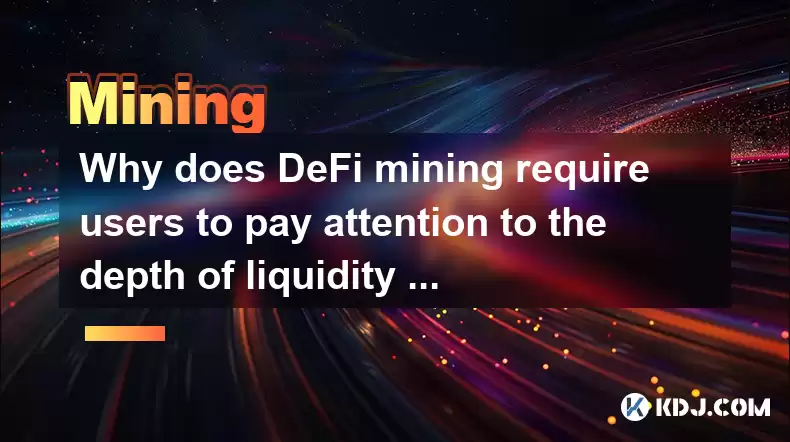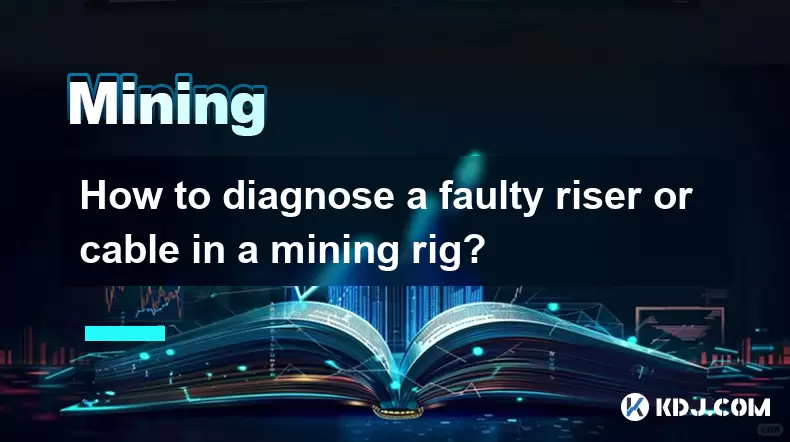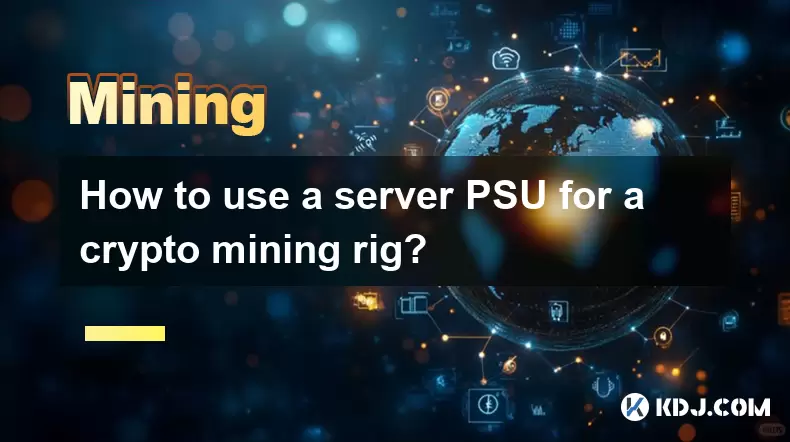-
 Bitcoin
Bitcoin $115100
1.27% -
 Ethereum
Ethereum $3675
2.71% -
 XRP
XRP $2.995
1.45% -
 Tether USDt
Tether USDt $1.000
0.02% -
 BNB
BNB $769.8
2.64% -
 Solana
Solana $168.0
3.25% -
 USDC
USDC $0.9999
-0.01% -
 TRON
TRON $0.3371
1.48% -
 Dogecoin
Dogecoin $0.2051
3.36% -
 Cardano
Cardano $0.7394
2.30% -
 Hyperliquid
Hyperliquid $38.15
0.42% -
 Stellar
Stellar $0.3966
-0.36% -
 Sui
Sui $3.486
2.93% -
 Chainlink
Chainlink $16.72
2.52% -
 Bitcoin Cash
Bitcoin Cash $568.0
4.36% -
 Hedera
Hedera $0.2440
2.59% -
 Ethena USDe
Ethena USDe $1.001
0.04% -
 Avalanche
Avalanche $22.16
2.06% -
 Litecoin
Litecoin $119.1
-0.73% -
 UNUS SED LEO
UNUS SED LEO $8.991
0.04% -
 Toncoin
Toncoin $3.232
-0.39% -
 Shiba Inu
Shiba Inu $0.00001233
2.82% -
 Uniswap
Uniswap $9.717
2.53% -
 Polkadot
Polkadot $3.664
1.85% -
 Dai
Dai $1.000
0.01% -
 Monero
Monero $281.2
-3.89% -
 Bitget Token
Bitget Token $4.350
1.55% -
 Cronos
Cronos $0.1428
5.07% -
 Pepe
Pepe $0.00001050
3.68% -
 Aave
Aave $262.3
3.54%
Why does DeFi mining require users to pay attention to the depth of liquidity pool?
DeFi mining success depends on liquidity pool depth; deeper pools, with high Total Value Locked (TVL), minimize impermanent loss and offer higher trading volume and lower fees, increasing profitability.
Mar 21, 2025 at 05:21 pm

Why does DeFi mining require users to pay attention to the depth of liquidity pool?
DeFi mining, particularly through yield farming and liquidity providing, hinges on the concept of liquidity pools. These pools are essentially collections of cryptocurrency assets locked up in smart contracts to facilitate trading and borrowing/lending activities. The depth of a liquidity pool, therefore, is a crucial factor impacting a user's profitability and risk exposure. Understanding this depth is paramount for successful DeFi mining.
The depth of a liquidity pool refers to the total value of assets locked within it. A deeper pool has a larger total value of assets, while a shallower pool has a smaller total value. This seemingly simple distinction has significant implications for the potential rewards and risks associated with providing liquidity.
A deep liquidity pool offers several advantages for liquidity providers (LPs). Firstly, it ensures better price stability. Large trades are less likely to significantly impact the price within a deep pool, reducing the risk of impermanent loss. Impermanent loss occurs when the price of your deposited assets changes relative to each other, resulting in a lower value upon withdrawal compared to holding the assets individually.
- Reduced Impermanent Loss: Deep pools absorb large trades with minimal price slippage, mitigating impermanent loss.
- Higher Trading Volume: Deep pools attract more traders due to their stability and reduced slippage, leading to higher trading fees for LPs.
- Lower Transaction Costs: The large asset volume usually translates to lower transaction costs for LPs.
- Greater Capital Efficiency: You can deposit larger amounts without significantly impacting the pool's price.
Conversely, a shallow liquidity pool presents several disadvantages. The most significant risk is increased impermanent loss. Large trades can drastically alter the price ratio within a shallow pool, leading to substantial losses for LPs.
- Increased Impermanent Loss: Price fluctuations have a more pronounced effect on shallow pools, leading to potentially significant impermanent loss.
- Higher Transaction Costs: Smaller pools often have higher gas fees and slippage, eating into your profits.
- Price Volatility: Shallow pools are more susceptible to large price swings, potentially resulting in significant losses.
- Limited Capital Efficiency: Depositing substantial capital could disproportionately affect the pool's price.
The concept of slippage further highlights the importance of pool depth. Slippage refers to the difference between the expected price of a trade and the actual price executed. In a deep pool, slippage is minimal because the large quantity of assets absorbs the impact of the trade. However, in a shallow pool, slippage can be substantial, leading to unfavorable exchange rates for traders and reduced earnings for LPs.
Therefore, before participating in DeFi mining through liquidity provision, diligently research and assess the liquidity pool's depth. Look for pools with substantial total value locked (TVL) to minimize the risk of impermanent loss and maximize the potential for earning trading fees. Tools and platforms often display the TVL for different pools, providing a clear indication of their depth. Consider diversifying across multiple pools to further mitigate risks.
Understanding the relationship between pool depth, impermanent loss, and slippage is critical for navigating the complexities of DeFi mining. By focusing on deep pools, you can significantly reduce your risk exposure and improve your chances of profitable participation in this dynamic ecosystem. Always analyze the specific characteristics of each pool before committing your capital.
Consider factors like the specific tokens in the pool, their volatility, and the overall health of the DeFi platform hosting the pool. While deep pools generally offer better protection, no strategy eliminates all risks completely. Staying informed about market conditions and regularly monitoring your investments remains essential for success in DeFi mining.
Remember, the cryptocurrency market is highly volatile, and DeFi mining carries inherent risks. Thorough research, risk management, and a clear understanding of the mechanics of liquidity pools are essential for successful participation. Never invest more than you can afford to lose.
Frequently Asked Questions:
Q: What is the ideal liquidity pool depth?
A: There's no single "ideal" depth. A higher TVL generally indicates greater stability and reduced impermanent loss risk, but the optimal depth depends on your risk tolerance and the specific assets involved.
Q: How can I find the depth of a liquidity pool?
A: Most DeFi platforms display the Total Value Locked (TVL) for each pool, which directly reflects its depth. You can also find this information on third-party analytics websites that track DeFi activity.
Q: What is impermanent loss, and how does pool depth affect it?
A: Impermanent loss occurs when the price of assets in a liquidity pool changes relative to each other, resulting in a lower return compared to holding those assets individually. Deeper pools mitigate this risk because large trades have less impact on prices.
Q: Does a deeper pool guarantee profits in DeFi mining?
A: No, a deeper pool reduces the risk of impermanent loss but doesn't guarantee profits. Other factors, such as the volatility of the assets and the platform's fees, still affect your overall returns.
Q: Are there any risks associated with deep liquidity pools?
A: While deeper pools are generally safer, they still carry risks. Smart contract vulnerabilities, platform failures, and market volatility can all impact your investments, regardless of pool depth.
Disclaimer:info@kdj.com
The information provided is not trading advice. kdj.com does not assume any responsibility for any investments made based on the information provided in this article. Cryptocurrencies are highly volatile and it is highly recommended that you invest with caution after thorough research!
If you believe that the content used on this website infringes your copyright, please contact us immediately (info@kdj.com) and we will delete it promptly.
- Avalanche vs. Ruvi AI: Daily Sales Tell a Story of Crypto Disruption
- 2025-08-07 06:29:35
- DeSoc: The Crypto to Buy Now for a Decentralized Future (and Maybe 43x Gains!)
- 2025-08-07 06:50:16
- Arctic Pablo Coin: Riding the Meme Coin Wave with a Deflationary Twist
- 2025-08-07 07:18:13
- XRP Price Skyrocket? Decoding the Cryptocurrency's Next Move
- 2025-08-07 07:31:50
- Meme Coins in August 2025: Riding the Rally Wave
- 2025-08-07 06:56:08
- Big Whales, Altcoins, and Heavy Transactions: What's Moving the Crypto Market?
- 2025-08-07 06:29:35
Related knowledge

What are the differences between mining on Windows vs. Linux?
Aug 06,2025 at 11:29pm
Overview of Cryptocurrency Mining PlatformsCryptocurrency mining involves using computational power to solve complex cryptographic puzzles and validat...

Can you mine cryptocurrency using solar power?
Aug 07,2025 at 12:00am
Understanding the Basics of Cryptocurrency MiningCryptocurrency mining involves validating transactions on a blockchain network by solving complex cry...

How to build a mining rig inside a PC case?
Aug 06,2025 at 11:01pm
Understanding the Basics of a Mining Rig in a PC CaseBuilding a mining rig inside a PC case involves transforming a standard computer chassis into a d...

How to diagnose a faulty riser or cable in a mining rig?
Aug 07,2025 at 01:49am
Understanding the Role of Riser Cables in Mining RigsIn a cryptocurrency mining rig, riser cables serve as the bridge between the motherboard and the ...

How to set up a mining farm with multiple rigs?
Aug 07,2025 at 12:38am
Understanding the Basics of a Multi-Rig Mining FarmSetting up a mining farm with multiple rigs begins with understanding the core components involved ...

How to use a server PSU for a crypto mining rig?
Aug 06,2025 at 08:39pm
Understanding Server PSUs and Their Relevance to Crypto MiningCrypto mining rigs demand stable, high-wattage power supplies to run multiple GPUs effic...

What are the differences between mining on Windows vs. Linux?
Aug 06,2025 at 11:29pm
Overview of Cryptocurrency Mining PlatformsCryptocurrency mining involves using computational power to solve complex cryptographic puzzles and validat...

Can you mine cryptocurrency using solar power?
Aug 07,2025 at 12:00am
Understanding the Basics of Cryptocurrency MiningCryptocurrency mining involves validating transactions on a blockchain network by solving complex cry...

How to build a mining rig inside a PC case?
Aug 06,2025 at 11:01pm
Understanding the Basics of a Mining Rig in a PC CaseBuilding a mining rig inside a PC case involves transforming a standard computer chassis into a d...

How to diagnose a faulty riser or cable in a mining rig?
Aug 07,2025 at 01:49am
Understanding the Role of Riser Cables in Mining RigsIn a cryptocurrency mining rig, riser cables serve as the bridge between the motherboard and the ...

How to set up a mining farm with multiple rigs?
Aug 07,2025 at 12:38am
Understanding the Basics of a Multi-Rig Mining FarmSetting up a mining farm with multiple rigs begins with understanding the core components involved ...

How to use a server PSU for a crypto mining rig?
Aug 06,2025 at 08:39pm
Understanding Server PSUs and Their Relevance to Crypto MiningCrypto mining rigs demand stable, high-wattage power supplies to run multiple GPUs effic...
See all articles

























































































